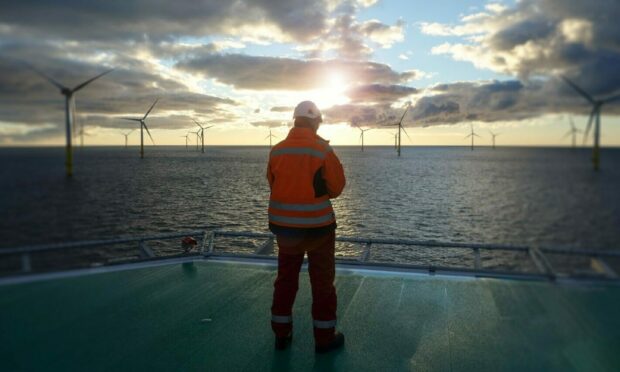Oil giant BP has been inundated by applications from workers vying to transition into the low carbon energy space.
As part of its drive to become an integrated energy company, the London-listed supermajor recently recruited 200 new workers, equally split between wind and hydrogen.
BP senior vice president for Europe and head of country for UK, Louise Kingham told the Scottish Affairs Committee they received around 10,000 applications from people wanting to work for the company’s renewables divisions.
That equates to about 50 hopefuls for every job on offer.
She said: “We recently went out to recruit for 100 hydrogen jobs and 100 wind jobs, to build out against the projects that have recently been successful. We had 10,000 applications.
“There is a lot of interest there; whether the skills meet with the needs we have is another question. Nevertheless the appetite to work in those areas is there.”
BP becoming a green energy heavyweight
On top of its core oil and gas activities, BP is becoming increasingly involved in renewables, including hydrogen wind and solar.
In the recent ScotWind leasing round, it was awarded acreage to build a £2.9 megawatt wind farm off the coast of Scotland.
That built on its success in the equivalent process in England and Wales, in which the company splashed out serious cash to secure seabed in the Irish Sea.
In the hydrogen space, BP has partnered up with Aberdeen City Council to help the Granite City in its quest to be the energy transition capital of Europe.
Together the partners will develop the Aberdeen Hydrogen Hub, which will store and distribute green hydrogen.
Energy skills shortage looming
Ms Kingham’s comments come amid fears about a looming energy skills shortage, with oil continuing its bounceback and more green energy projects coming to fruition.
There are also concerns that many companies may not be able to compete with the wages being offered by conventional energy supermajors as the market tightens.
In the long run though, it is hoped that workers involved in the production of hydrocarbons will be able to move to hydrogen, wind and carbon capture as the UK shifts to low-carbon energy sources.
“For BP at the moment, the number of people we know we’ve moved between projects is in the low thousands – that’s where we are,” said Ms Kingham.
“But we know that when some of these projects get to the stage where they’re going to be constructed, then that’s 4,000 to 5,000 just on one project doing construction work.
“Then there’s building out the supply chain capabilities we need, and if we’re going to harness that opportunity, we need to be much more strategic around how we collaborate.
“For example, all of us who are investing in ScotWind projects need to be coming together round a table to work out how we’re going to do that effectively, so we can build sustainable supply chains.”



Conversation